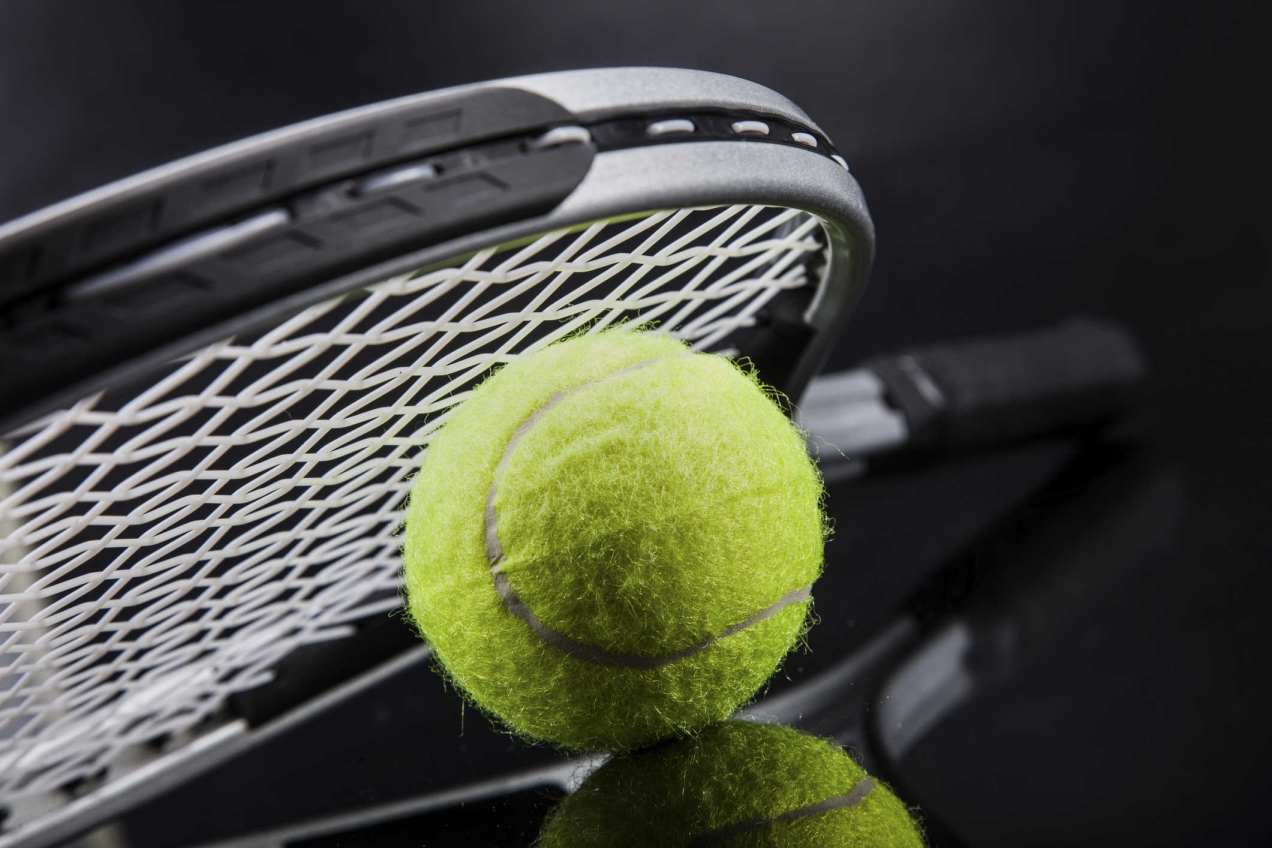Sublime, strategic, and undeniably demanding - that's the sport oftennis for you. It's a thrilling game that has elevated athletes like Rod Laver, Martina Navratilova, Pete Sampras, Steffi Graf, Roger Federer, Rafael Nadal, Novak Djokovic, and Serena Williams to global fame. From the Grand Slam tournaments - the Australian Open, French Open, Wimbledon, and the US Open - to various other tournaments, tennis keeps fans riveted year-round.
Your Essential Tennis Gear
-
Tennis Ball: According to the International Tennis Federation (ITF), a standard tennis ball weighs between 56-59.4 grams and measures 6.54-6.86 centimeters in diameter. It can be white or yellow, though yellow is the more common color.
-
Tennis Racket: A tennis racket must not exceed 73.7 cm in length and 31.7 cm in width. It comprises a frame that encloses robust nylon strings, woven together in a grid-like pattern, attached to a handle. Players strike the ball with the center of the racket, known as the hitting surface.
Mastering Tennis Gameplay
The tennis match kicks off with an umpire's coin toss. The toss winner can opt to serve, receive, or pick their starting side. The server must stand behind their side's baseline, within the limits of the center mark and the sideline. For a successful serve, they need to toss the ball using their non-playing hand and strike it with the racket before it bounces. The ball must cross the net and land within the serving area on the diagonally opposite side of the court.
Each player gets two serve attempts per point. If the first serve hits the net or the ball's first bounce lands outside the serving area, it's a service fault. Foot faults occur when the server's foot crosses the baseline or the sideline bounds. The server gets a second serve in both instances. If the second serve also faults, it's a double fault, giving the point to the receiver.
Should the serve touch the net but still land within the serving area, it's called a 'let,' and the server retains their two serve attempts. The server alternates between the court's vertical halves for each point.
In the case of a successful serve, if the receiver fails to return the ball, it's an 'ace,' rewarding the server with the point.
The Art of Scoring in Tennis
Points commence with the server, and the receiver's duty is to successfully return the ball. A rally ensues, with players exchanging shots over the net and within the court's boundaries. A player earns a point by hitting a shot that either bounces only once or doesn't bounce at all on the opponent's side of the court. Also, players must allow the ball to cross the net to their side before striking; stepping over the net is forbidden. Once a game concludes, roles swap - the server becomes the receiver, and vice versa. In doubles, the receiving team selects the initial receiver, and they alternate receiving every subsequent point.
Tennis Shots: Tennis players employ various strokes to outmaneuver their opponents, including the Forehand, Backhand, Drop Shot, Smash, and Slice. These strokes vary in angles, speed, and technique, adding strategic depth to the game.
Understanding the Tennis Scoring System : To win a game, a player or team must secure four points, starting from love (zero). The point progression is as follows:
1st point - 15
2nd point - 30
3rd point - 40
4th point - Game
A deuce arises when both players score three points each (40-40). After a deuce, the subsequent point winner gains an advantage. If they also clinch the following point, they win the game. If not, the score reverts to deuce, and the process repeats. A player or team needs to win two consecutive points post-deuce to win the game.
Victory in Tennis Matches
To claim a set, a player or team must win at least six games with a minimum two-game lead. A match victory requires winning three sets (best-of-five sets match) or two sets (best-of-three sets match).
When a set's score reaches 6-6, a tiebreaker ensues. To win the tiebreaker (and the set), a player or team must score at least seven points with a two-point lead. In a tiebreaker, the serving player changes after the first point, and thereafter, after every two points. Players also swap ends after the first six points of a tiebreaker.
During a Grand Slam match, a tiebreaker can occur in all sets except the last set (except for the US Open, where the last set can go into a tiebreaker). If the last set reaches a 6-6 score, the game continues until one player gains a two-game lead.
Match Formats in Tennis In Grand Slam men's singles, matches are best-of-five sets, while other ATP Tour events play best-of-three sets. Men's doubles matches at ATP Tour and Grand Slams are usually best-of-three sets, except at Wimbledon, where they play best-of-five sets. All women's singles and doubles matches, both in Grand Slams and on the WTA Tour, follow the best-of-three sets format.




